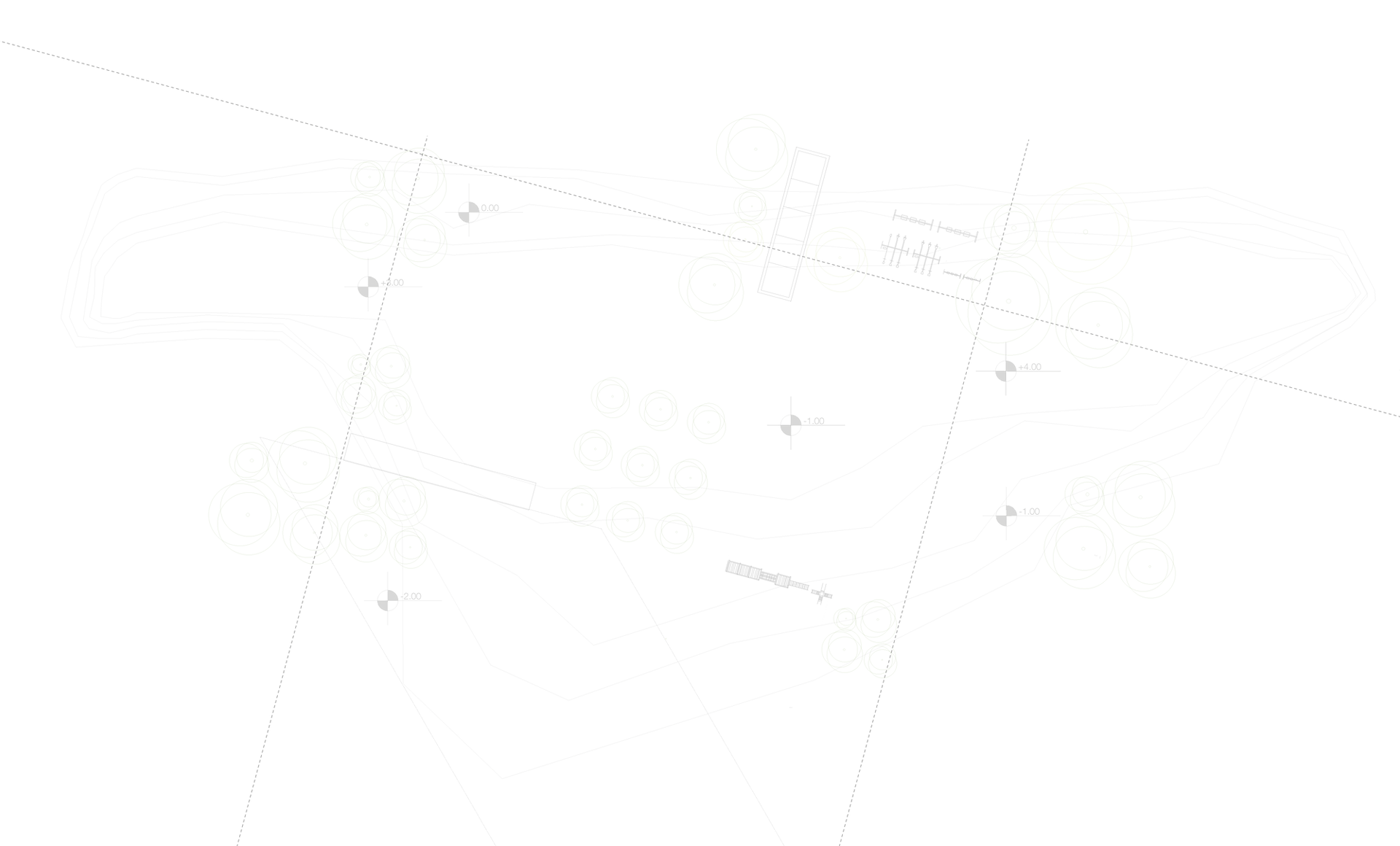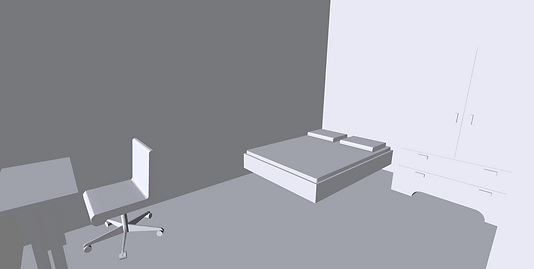
Final Project
Research
I continued to research more and more until I got enough to make my living environment. I decided that the Moxie, the RASSOR and Arabidopsis were the best options for my concerns about air, water, and food. Here is a shortened version of some of the research I had.
Water
Mars has ice caps that could theoretically be turned into drinking water
“Nasa is developing an excavator device called RASSOR (Regolith Advanced Surface Systems Operations Robot), designed to mine water, ice and fuel from planetary soil. Mars One also plans to send a water extractor to heat the soil until the water evaporates. The water will then be condensed and stored, the dry soil expelled and the process repeated. Mars One claims its astronauts will have 50 litres of recyclable water every day."
-
Weight/Space Efficient - Lightweight materials and foldable design reduce launch weight and payload dimensions
-
Low-Gravity-Capable - Design provides near-zero horizontal and minimal vertical net reaction force, enabling operation in extremely low gravity conditions.
-
Versatile - Platform can traverse steep slopes and rough terrain, and reversible design allows continued operation even if unit is overturned. Wireless control, telemetry, and onboard cameras provide teleoperation and situational awareness.
-
Dependable - Minimalist design approach reduces complexity and parts count for higher platform reliability and maintainability. Design also incorporates a high strength-of-materials safety factor.
-
Scalable - Platform design can be scaled up or down to meet project requirements. Smaller sizes are suitable for space missions; larger designs could be used for terrestrial mining in hazardous or hard-to-reach locations.alable - Platform design can be scaled up or down to meet project requirements. Smaller size
Air
When Perseverance landed in Jezero crater in 2020, it carried the Mars Oxygen In-Situ Resource Utilization Experiment (MOXIE). The device draws in martian air, which is 95% carbon dioxide. By pumping a current between two oppositely charged electrodes in an electrochemical cell, MOXIE can split the carbon dioxide into carbon monoxide and oxygen ions. The oxygen ions then combine with each other to produce oxygen gas. The experiment has been a successful proof of concept. But to work, MOXIE needs to pressurize and heat martian air—requiring extra parts that consume energy and make it bulky.
In each run, the instrument reached its target of producing six grams of oxygen per hour — about the rate of a modest tree on Earth.
Researchers envision that a scaled-up version of MOXIE could be sent to Mars ahead of a human mission, to continuously produce oxygen at the rate of several hundred trees. At that capacity, the system should generate enough oxygen to both sustain humans once they arrive, and fuel a rocket for returning astronauts back to Earth.
MOXIE’s first oxygen run produced 5.4 grams of oxygen in an hour. The power supply limits potential production to 12 g/hr — about the same amount that a large tree would produce.
Food
“Plants can be grown in space, but all require the management of gasses, water and a growing substrate,” says Dr Paul, who’s been studying the use of Arabidopsis (thale or mouse-ear cress) on the International Space Station. The crop is perfect for Mars, able to grow on a 10cm petri dish and closely related to vegetables such as broccoli and radish. It matures quickly and scientists already know its complete genetic code.
-
Safety: The space station’s food system is tested and processed on Earth to ensure the food is safe for astronauts to eat. Food grown aboard the spacecraft and in microgravity could interact with microbes that float and mix with the spacecraft’s atmosphere until removed by air and water filters. Thus, resources will be required for cleaning and testing to reduce the risk of crews succumbing to foodborne illnesses.
-
Stability: Crews will not have the luxury of phoning home to resupply food on a multi-year, round-trip mission to Mars, meaning the food that the crew members bring with them or grow must last for years. Consequently, the nutrition and quality of the Mars food system must be stable for the length of the mission.
-
Palatability: Equally important is ensuring the food on a Mars mission is enjoyable to consume. Otherwise, astronauts may not consume enough food to support their health and well-being.
-
Nutrition: The Mars food system must provide food that is as nutritious as it is delicious. To function, the human body requires a handful of essential nutrients that must be absorbed from food. Failing to fulfill any one of these nutritional requirements can result in a deficiency that leads to a variety of health problems.
-
Resource minimization: Resources such as water, power, and volume are limited in a spacecraft. The Mars food system needs to provide safe, nutritious, palatable food while keeping resource consumption and waste production to a minimum. “You can have a food system that provides everything you need, but if it doesn't fit within the resources, you cannot take it with you,” Douglas said.
-
Reliability: “One of the big concerns with growing food is that if it doesn't grow and you were depending on it, now you have insufficient food, which can be a very, very big concern when you're going on these missions,” Douglas said. As a result, an exploration mission food system has to be dependable.
Sketching a Mock-Up
Once I finished enough research to start, I decided to sketch up some ideas. I found a few reference pictures I wanted to use. I started in Revit and just started trying out all the features until I found a shape I liked. I liked to rooms in the far right pictures and I liked the big space in the middle picture. I referred back to these many times.



3D Designing
I completed my design in Revit making it a 3D model with floorplans for each floor. Each floor was well thought through and Included the main concepts I wanted. These are the floorplans I ended up with. The left picture is the top floor and it is a garage area. The middle picture is the living area and the next 2 floors down. The right picture is the kitched/common area and it is the bottom floor.



CoSpaces VR
The next step was to import my design into CoSpaces. It's a software where you can import files into and make it into virtual reality. I imported my room design so people could walk around it freely. It was successful and people could see the detail and furniture in the rooms.

Bedroom

Bathroom
Living Room
